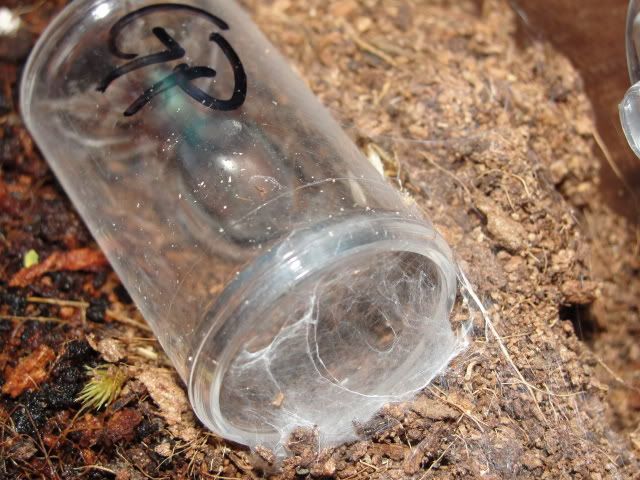Hey,
I provide most of my medium sized and larger Ts with water dishes, however I am unsure of whether or not they are even used. A lot of the times they bury their water dishes, fill them with dirt, web them, etc. Can Ts do just fine without a water dish, like my centipedes and scorpions do?
Then there are Ts too small for a water dish. Where do they get their water from? Small Ts never live very long in my captivity. I usually mist them and hand feed them pre-killed crickets, but they still die?
Where do Ts get their water from? Do only large Ts need a water dish? If so, how large of a T needs a water dish?
I provide most of my medium sized and larger Ts with water dishes, however I am unsure of whether or not they are even used. A lot of the times they bury their water dishes, fill them with dirt, web them, etc. Can Ts do just fine without a water dish, like my centipedes and scorpions do?
Then there are Ts too small for a water dish. Where do they get their water from? Small Ts never live very long in my captivity. I usually mist them and hand feed them pre-killed crickets, but they still die?
Where do Ts get their water from? Do only large Ts need a water dish? If so, how large of a T needs a water dish?


